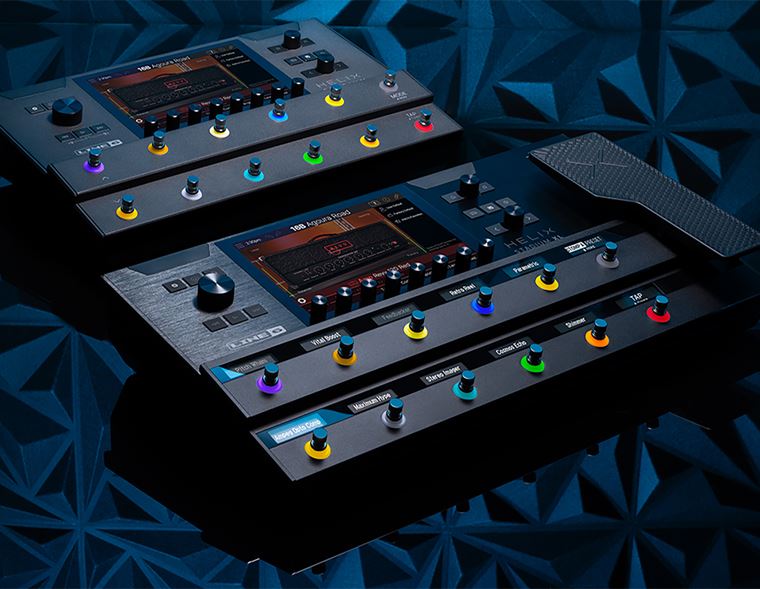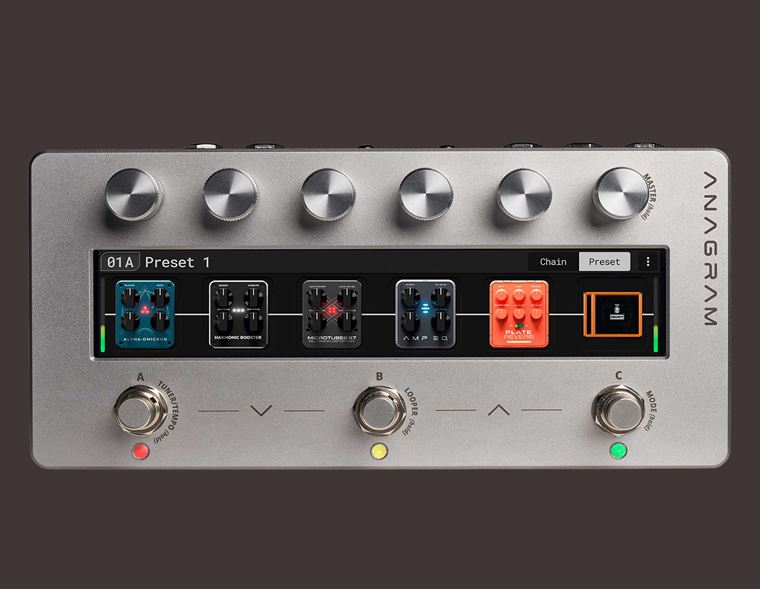5 MORE Techniques to Level Up Your Playing
A few months back, we broke down 5 Techniques to Level Up Your Playing, giving you guys something to work on over Christmas which hopefully helped you to improve. Well, it doesn't stop there! There are a ton of techniques you can incorporate into your own music that are sure to help you take that next step as a player. Really it all comes down to practice and as you'll know from our last blog, it only gets easier! So, let's take a look at a few more shall we?
Palm Muting
First on our hit list today is Palm Muting, a technique used in just about every genre that you're really going to want to get right. Essentially, it's all in the name, simply lower your palm onto the bridge of your guitar so it mutes but doesn't totally kill the noise of your strings. Have a go at moving your hand around and applying different amounts of pressure to get a feel for how it affects the notes you play. This is a pretty straightforward technique that can add a lot to your music, allowing for some really expressive sounds when you play with the dynamics of each string. On top of that, it's essential for loads of punk, metal, blues and even acoustic styles. Have a go and remember, don't lean too heavily, just a light touch should do the trick!
Extended Chords
Next up we're going to look at Extended Chords, which many guitarists totally overlook. It's easy to learn the basic shapes and then feel like you've ticked that box but chordal playing goes deeper than you may think. Within every chord lies a whole family tree of alternate shapes that you can use to throw a little bit of variation into your music. Simple chords can be extended by adding 9ths, 11ths, 13ths, or simply by using notes from different scales. This is really addictive because once you start playing around with your favourite chord shapes you'll quickly begin experimenting and making up funky chords of your own, or finding ways to make your favourite tracks sound that little bit weirder and more unique.
Travis Picking
For the acoustic players among us, there's nothing more satisfying and indeed frustrating than learning Travis Picking. Named after country legend Merle Travis, this style involves keeping a bass rhythm with your thumb while picking out melodies and lead parts with your remaining fingers. Sound difficult? Well, we're not going to lie to you, it is. It's tough to keep more than one rhythm at a time, let alone three or four but the way to learn this is slowly. Most Travis picking is made up of standard country style bass notes (think of a Johnny Cash rhythm section) and the key is in forgetting you're playing them when you move on to the more intricate melodic parts. Work on getting those bass notes down as muscle memory and gradually adding on parts, experimenting with different speeds and rhythms. Gradually you'll build it up and be amazed at how full and complex sounding your playing has become.
Tapping
Right, we know what you're thinking, Finger Tapping is for Van Halen-esque shred virtuosos and has no relevance for the type of music you listen to... Well, maybe you should be listening to more hair metal! Kidding, although seriously, come on, it's Halen! Anyway, tapping doesn't need to be all out high-speed madness, in fact, it can be used really tastefully to add unexpected notes into solos, or even riffs and licks. The key is in timing, touch and confidence so don't worry if it takes you a while to get on top of this one. Once you have the basic technique down, you can mess about with different pull off/hammer on styles to find your sweet spot and introduce tapping to your own music. A lot of the new wave of prog musicians use tapping extensively so if you need a little inspo, it's time to get your djent on!
Sweep Picking
Let's finish it on a high for the shredders! Sweep Picking - just the name conjures fear into the heart of us mere mortals. Fear not though rockers, all is not as terrifying as it may initially seem. Sweep Picking, although most commonly associated with shredding, actually pops up in a lot of genres, most notably jazz as it allows players to string together long runs of fast, flowing notes in a smooth and deliberate way. Learning the technique, which is essentially sweeping your pick across the strings as you play through the notes on your fretboard, is not easy and it takes time and dedication. The most important part is synching up what both of your hands are doing which initially feels very unnatural. Stick with it though and check out the tutorial we've shared on this blog - it does a great job of teaching you the basic steps and showing you how to pace yourself.
Final Thoughts
To close, there are loads of things you can do to improve your playing but there's one you simply cannot avoid - practice. While some of these techniques are more straightforward than others, all of them require time, energy and focus to nail and incorporate into your own music. Put in the work and we promise it'll pay off. Playing your guitar should be fun so don't end up stuck in a rut, push yourself to the limit of your abilities and celebrate every time you take another step forward. Onwards and upwards riffers!












